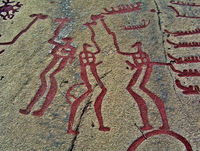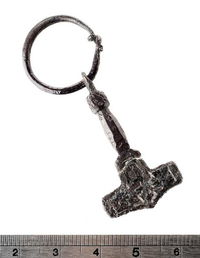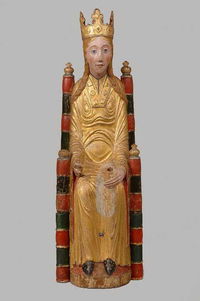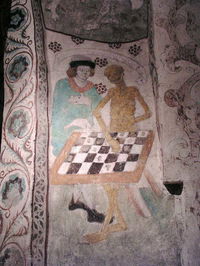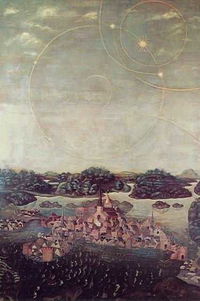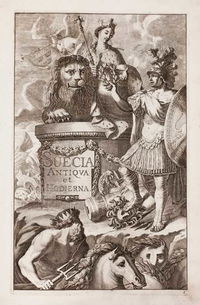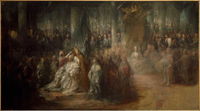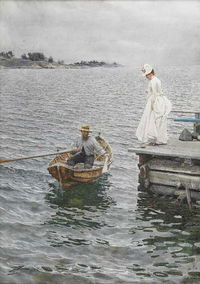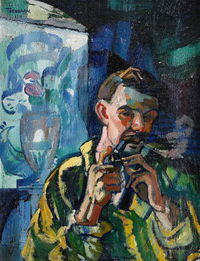
Swedish Art Trivia Quiz
An historical overview
Can you match the name of each of these Swedish works of art with its image? All names are in English, with the original names used in the information (where diacritics won't create display errors).
by looney_tunes.
Estimated time: 3 mins.
- Home
- »
- Quizzes
- »
- Humanities Trivia
- »
- Art
- »
- Art by Region
